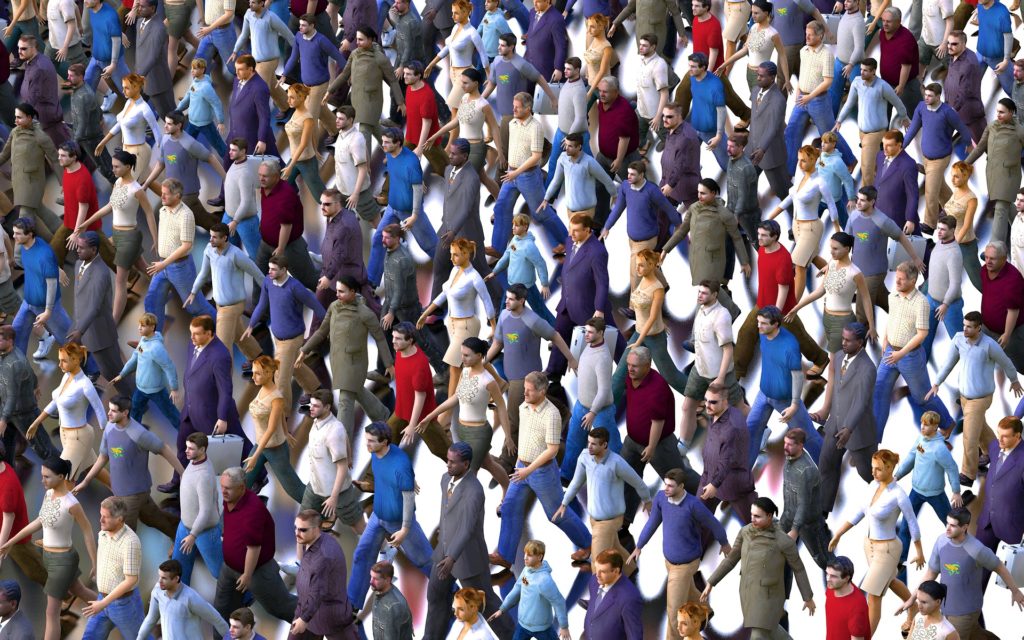| normalization. A tactic used to desensitize an individual to inappropriate behaviors. A manipulation of another human being to get them to agree to, or accept something that is in conflict with the law, social norms or their own basic code of behavior. |
Have you ever noticed how we throw words around and everyone alters the initial definition based on their prior experiences or exposure to the word? How we define NORMAL depends on who you’re asking. Some might bring in the terms familiar or comfortable while others find it to be an elusive term dependent on region or context. After all, what is normal? When a general ‘we’ attempts to ‘normalize’ something we can inadvertently be desensitizing others to behaviors that manipulate the social norms or basic codes of behavior around us. When I hear someone say, “It isn’t normal.” I cringe. Read on to find out why.
I see normalization as being in the eye of its beholder which can present elements of exclusivity rather than inclusivity. Normalization can also breed inequity by the sheer nature of its focus on efficiency over human-centrism. Normalization also relinquishes influence which in return squelches the richness and creativity variability and diversity offers our leading, learning and living.
I recall the dichotomy experienced on the day the first teacher went into space and the devastating explosion resulting in the loss of her life as well as the other six astronauts. When reviewing the 1986 Challenger disaster, sociologist Diane Vaughan coined the term normalization as she revealed choices of NASA officials in being aware of, yet ignoring, dangerous design flaws. Pertinent to our understanding, it’s when people within an organization are desensitized to deviant practice in a way in which they no longer recognize it as being wrong. You might be thinking, the Challenger shuttle explosion is a rare or unusual occurrence but let me remind you that when occurring insidiously, or over time, normalization becomes a disastrous breeding of insensitivity that is demoralizing. For example, had the exclusivity of the NASA officials been bridged with open communication, offering equity and inclusivity of information, lives could have been saved.
Let’s change the context. When thinking of exclusivity comes in to play within leading, learning and living, would you be surprised to hear 75% of high school students representing urban, suburban, and rural areas reported negative feelings in relation to school? Normalization of disengaging practices are presenting themselves in stress and boredom. What learning design flaws are educators aware of, yet ignoring? Inequality roots its wicked ways when human-centrism is overlooked for efficiencies. Let me repeat that, “inequality roots its wicked ways when human-centrism is overlooked for efficiencies.” This is important because normalization impacts our choices both consciously and unconsciously. Look at course preparation as an example.
| Conscious Normalization | Unconscious Normalization |
“People need to be more current.” “There is an unspoken norm about these things.” “We couldn’t attempt that because of the level of ability of the instructor/students.” | “I don’t see him being a good fit for that content.” “Time is more precedent than reviewing alternatives.” “That course requires a lot of prior experience. She seems better suited for it.” |
Either consciously or unconsciously, we have influence on whether we get locked into existing normalization or break the cycle. We don’t have to wait for influence, it is here and now.
- Negative person in the accreditation meeting? Influencing the team’s shift of considerations.
- Person in the hallway gossiping behind closed doors? Influencing the level of toxicity of the school environment.
- Leader who initiates an equity consciousness to unleash hidden biases and reveal potential? Influences the awareness and growth of her staff.
- Educators who speak positively about their students? Influencing student’s self-esteem.
There is no cost to influencing others, but the way we steward our influence in combating normalization that marginalizes others can change the world.
Back to my physical cringe. We can shift our mindset of normalization as well as the mindset of others. We influence no matter what, what matters is how we use it to combat normalization. Our silence feeds into the desensitizing of others, into behaviors that manipulate the social norms or basic codes of behavior around us negatively. Why not flip normalization on its tail and share your experience, your diverse perspective? Tap into your influence for the positive, embrace it, allow it to help you see things differently. You offer a unique combination of life experience, perspective, position, and history. No one else in the world brings to equity and inclusion what you do. Bring what you have a little more boldly and you might surprise yourself in how you transform not only your life but also the life of others. We [SEE] you. Want to join our movement? Pick one, or two, or three, or all. You’ll be so glad you did.
- Share. Spread the word through Likes, shares, and following us on social media.
- Reflect. Be a part of our research study by completing our Equity Consciousness® Teaser Test.
- See it. Be it. Sign up for one of our pilot study discussion groups.
- Network. Subscribe to our community so we can continue the conversation.
You can listen in through PodBean.

